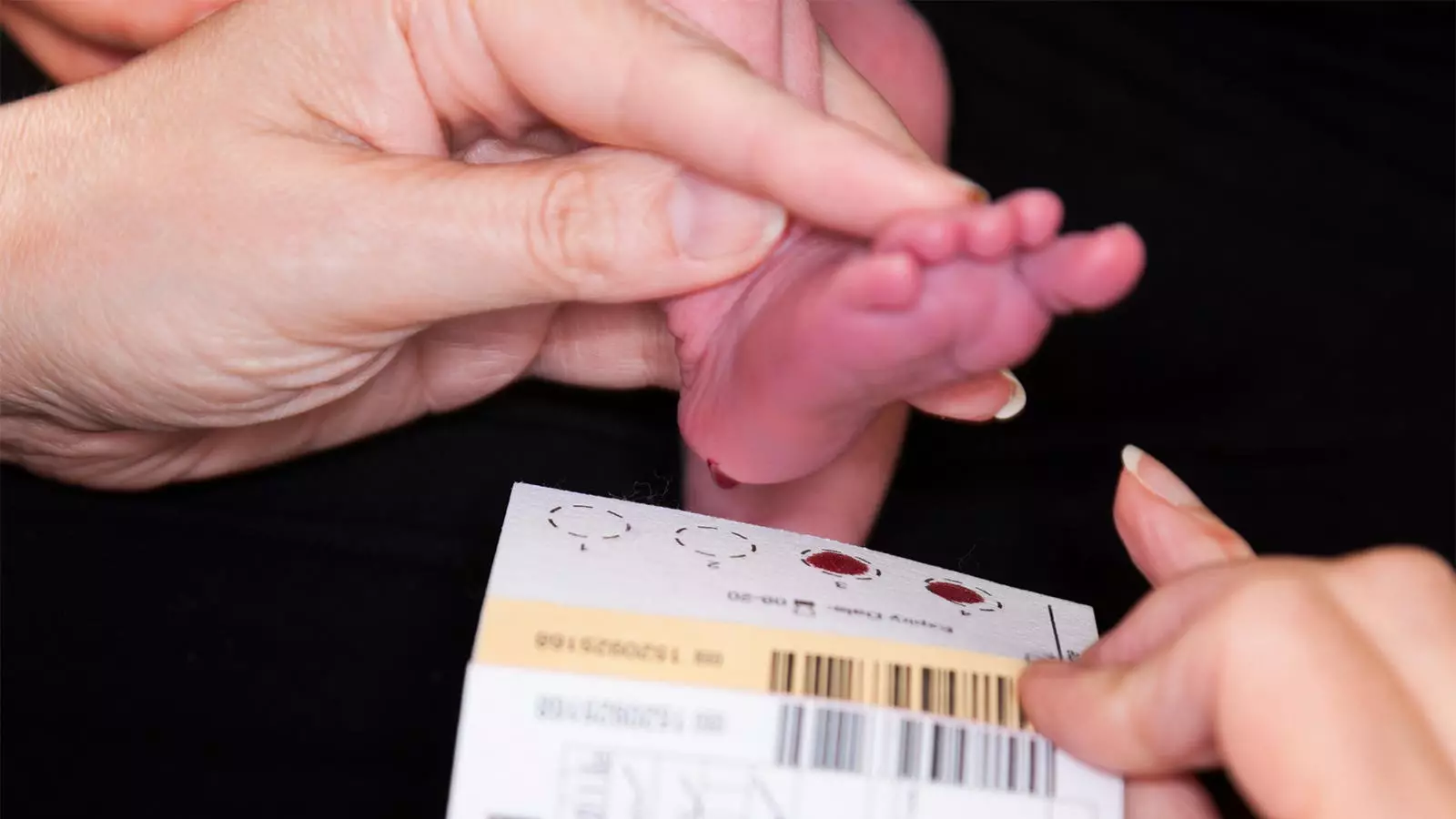New research on newborn screening programs has provided revised estimates of the prevalence of spinal muscular atrophy (SMA) in the United States. This data indicates that there are fewer cases of SMA than previously expected. The prevalence rates were based on data from screening programs in 30 states and have shed new light on the incidence of SMA in newborn babies born between 2018 and 2022.
The widespread implementation of newborn screening for SMA in the U.S. since 2018 has enabled early identification of the condition, allowing for timely initiation of treatment. This has been shown to improve motor development in affected infants. Additionally, newborn screening has the potential to catch milder cases of SMA that may not present symptoms until later in life, providing an opportunity for early intervention.
Previous prevalence estimates of SMA were based on various mechanisms such as carrier screening, small studies conducted before genetic testing was widely available, and patient registries. The current study is the first to utilize data specifically from newborn screening programs, providing a more accurate representation of the incidence of SMA in the newborn population.
Implications for Healthcare Planning
Accurate prevalence data for SMA can be crucial in anticipating healthcare resource utilization for the condition and planning for future research in SMA care and treatment. The data collected through newborn screening programs can help inform healthcare policies and guidelines related to SMA screening and management.
Carrier Screening Recommendations
In 2017, the American College of Obstetricians and Gynecologists, along with the American College of Medical Genetics and Genomics, recommended carrier screening for SMA for individuals considering reproductive options. This change in care practice has likely influenced the current birth prevalence of SMA and highlights the importance of genetic screening in family planning.
Regional Variations in SMA Prevalence
The study identified variations in the prevalence of SMA across different states, with some states showing lower rates than the national average. Factors such as the number of infants screened and the presence of additional SMN2 gene copies can contribute to the variation in SMA prevalence among states.
Limitations of the Study
The authors acknowledged limitations in the study, including the timing of data collection following the adoption of SMA newborn screening in different states. This may have influenced the minimum birth prevalence rates reported in the study and suggests the need for ongoing monitoring and evaluation of SMA prevalence.
The updated prevalence estimates of SMA in newborns reflect the impact of widespread newborn screening programs in the U.S. These findings underscore the importance of early identification and intervention in improving outcomes for infants with SMA. Continued research and surveillance of SMA prevalence will be critical in informing healthcare planning and resource allocation for individuals affected by this condition.


Leave a Reply